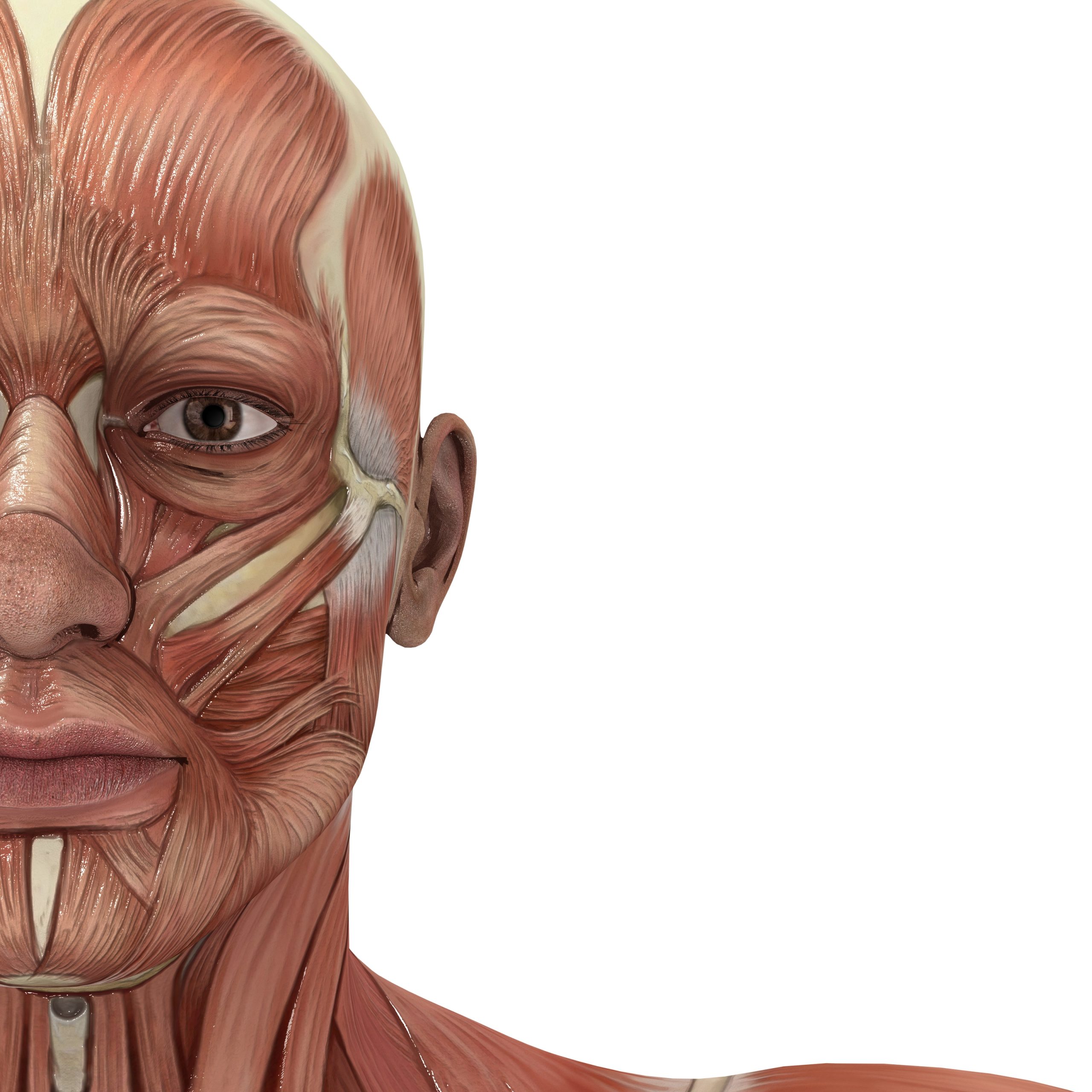You just started to learn to play the violin, and ask your friend for feedback. Your friend responds with a silent nod and a smile. How do you know if their smile is real or just meant to be polite?
Facial expressions play an important role in our understanding of people’s emotional states and intentions. For example, we often perceive someone with a negative facial expression as less trustworthy, whereas we perceive someone with a positive facial expression as more trustworthy. Smiles are frequently perceived as signs of trustworthiness since they contribute to a positive facial expression. However, smiles can also be used to disguise negative facial expressions. This explains why people telling lies often smile to avoid being caught. So how can we know whether a smile is real or fake?

Humans have 43 muscles in the face alone (picture 1), an impressive number, and producing a smile requires several of these muscles. In the 19th century, a French scientist named Guillaume Duchenne discovered that the orbicularis oculi muscles surrounding the eyes are used for real smiles but not for fake ones. The zygomaticus major muscle, in contrast, is used for both. This muscle raises the corners of the lips and can be contracted voluntarily by the conscious brain. The muscles around the eyes, however, are contracted involuntarily by the unconscious brain in a real smile. So while real and fake smiles look similar, they are produced by different facial muscles. The real automatic smile was labelled the Duchenne smile, in honour of its inventor.
Using a coding scheme for the face
Emotion researchers Paul Ekman and Wallace V. Friesen documented many observable facial movements in a coding scheme called the Facial Action Coding System (FACS; see a visual guidebook). Similar to Duchenne’s observation, in FACS research, a real smile was observed to consist of pulled up cheeks, bunched up skin below the eyes, an upward movement of the lower eyelids, wrinkles at the corners of the eye sockets, pulled down skin above the eyes, and lowering of the eyebrows. A fake smile, however, did not involve the same changes around the eyes. In sum, both Duchenne as well as Ekman and Friesen argued that we can distinguish between real and fake smiles by looking at the muscles around the eyes.
Reconsidering the Duchenne smile
Recently, Girard, Cohn, Yin, and other researchers revisited the view that specific facial expressions can be used to reliably infer someone’s emotional state or intentions. They analyzed 751 smiles and data from 136 participants performing different experimental tasks related to emotions, but most of their findings either contradicted or only weakly supported previous research. The muscles around the eyes did provide some information about positive emotion, but far less than expected. Instead, they found that other smile characteristics such as smile intensity and duration played a more important role in detecting positive emotion. In addition, the influence of these signals was dependent on the specific task and emotional context. To conclude, we shouldn’t only focus on the eyes to infer genuine emotions from a smile, but should also take into account other signals, and the specific situation or emotional context.
Convinced that you can tell a real and a fake smile apart? Test yourself here!
Read further
– Ekman, P. (2009). Telling lies: Clues to deceit in the marketplace, politics, and marriage. WW Norton & Company.
– Ekman, P., Davidson, R. J., & Friesen, W. V. (1990). The Duchenne smile: Emotional expression and brain physiology: II. Journal of Personality and Social Psychology, 58(2), 342–353. Link
– Girard, J.M., Cohn, J.F., Yin, L. et al. (2021). Reconsidering the Duchenne Smile: Formalizing and Testing Hypotheses About Eye Constriction and Positive Emotion. Affective Science. Link
– McKie, R. (April, 2015). Psychology of smiling: can you tell a fake smile from a genuine one? The Guardian. Link
– Okubo, M., Kobayashi, A., & Ishikawa, K. (2012). A fake smile thwarts cheater detection. Journal of Nonverbal Behavior, 36(3), 217-225. Link
– Pádua Júnior, F. P., Prado, P. H., Roeder, S. S., & Andrade, E. B. (2016). What a smile means: contextual beliefs and facial emotion expressions in a non-verbal zero-sum game. Frontiers in psychology, 7, 534. Link
– Paul Ekman Group. Fake smile or genuine smile? Link
– Paul Ekman Group. (March, 2018). Using emotional masks to pull off deceit. Link
Writer: Naomi Nota
Editor: Eva Poort
Dutch translation: Dennis Joosen
German translation: Barbara Molz
Final editing: Merel Wolf

